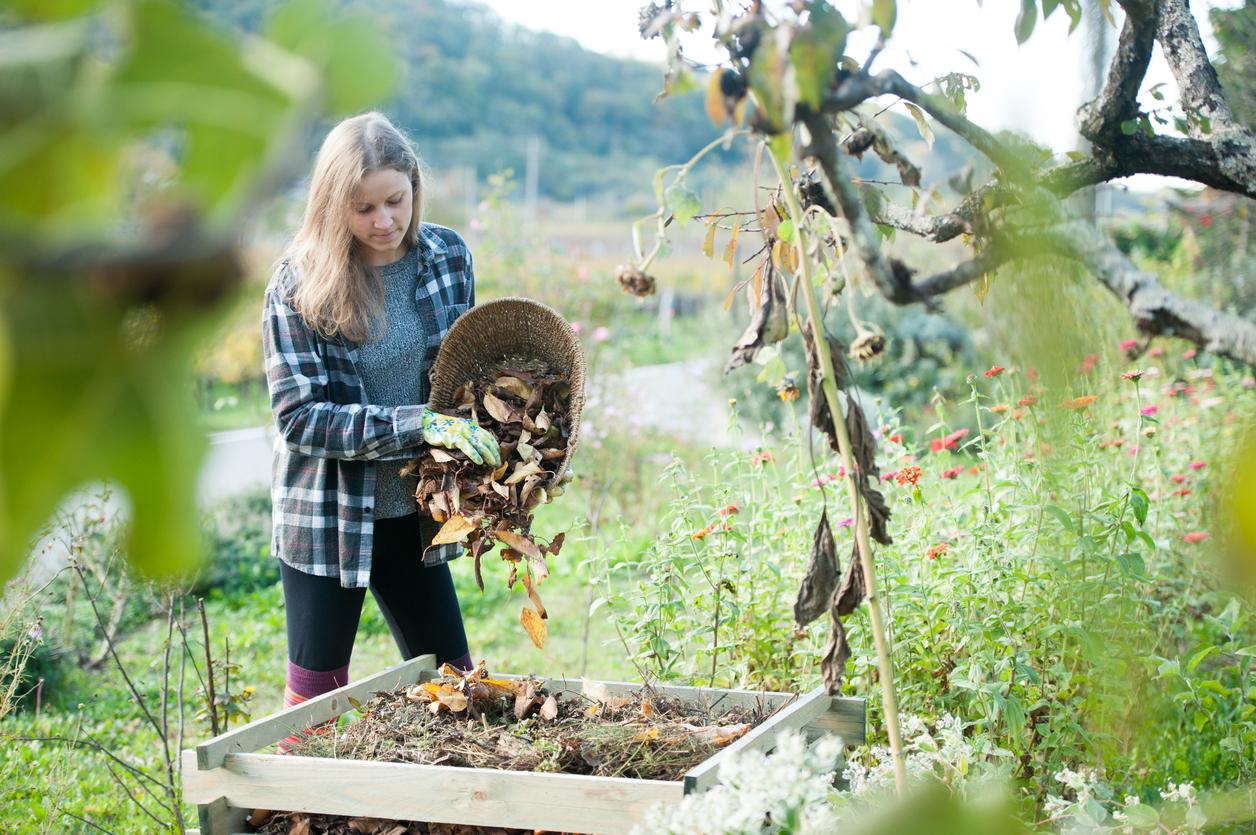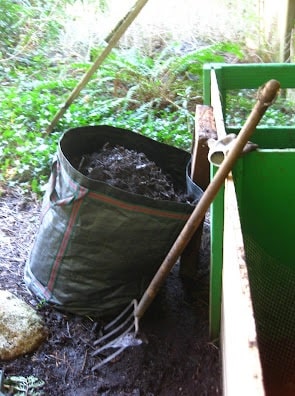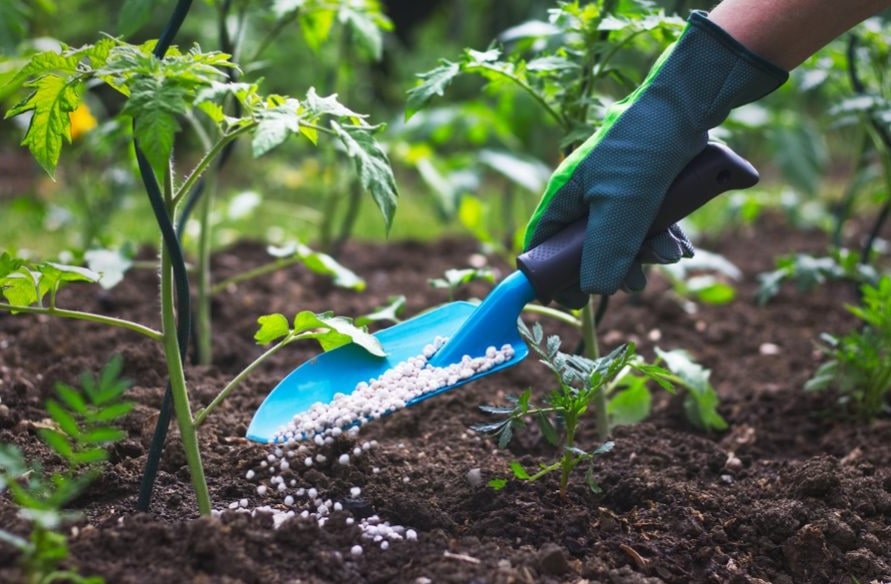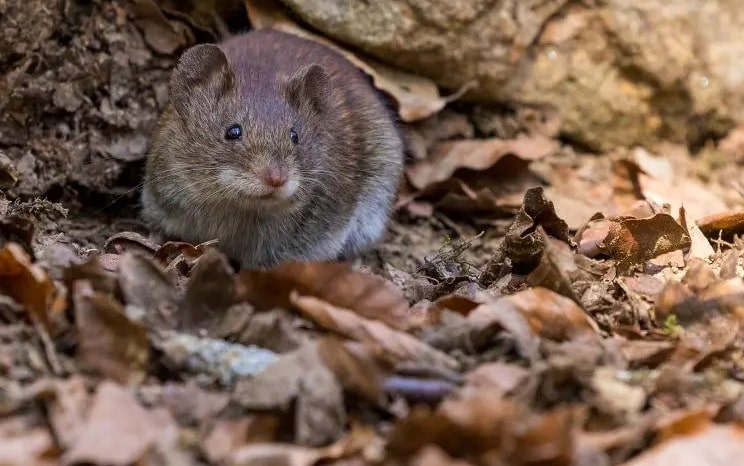Compost gives plants a boost in their growth. The important thing is to use it wisely and in the right dosage, otherwise it can even harm the plants.

Compost can be spread throughout the year. For the vegetable garden, it is recommended to apply it in the spring.
(sku) Not only does decomposed organic matter in the form of compost contain valuable nutrients for plant growth, but it also helps to improve the soil structure. Compost can be used in the vegetable, flower and shrub beds, as well as in the orchard and berry garden.
Contents
Correct dosing and application of compost
The nutrient requirements of many crops can be met by applying 2 to 3 liters of compost per square meter per year. This corresponds to a 10 liter compost bin spread over 4 m2. For the potting soil, 1/3 mature compost, 1/3 agricultural soil and 1/3 peat or peat substitute are mixed. Too much compost can harm the plants.
When spreading, mature compost is only incorporated into the soil to a thickness of 5 to 10 cm. The organisms living in the soil take care of the distribution. Compost can be spread all year round. It is recommended to use the compost in the garden in spring. Demanding plants, such as cabbages, cucumbers, potatoes, leeks or celery, can benefit from additional applications during the year. In the fall, compost can also be used as a mulch layer. Compost soil is not appropriate for plants that require acidic soil, such as heathland plants, Ericas and rhododendrons.
Proper Composting System for the Garden
Choosing the right composting system is based on the size of the garden and the amount of material to be composted. It is important that the composting system be created on a natural surface.
Windrow composting is easy to do because it allows for easy mixing of the materials to be composted. Windrow composting requires a lot of space and should preferably be placed where there is a lot of material to compost. It is important to cover the compost pile so that it remains air-permeable.
Open compost bins or silos made of wood or wire mesh, open at the top and bottom, are easy to make. Because organic material breaks down from the top down and the lower layers are more mature and harder to access, two compost bins are recommended. If the first compost bin is full, the compost can be transferred to the second bin to speed up the composting process.
Rapid or thermal composters are appropriate for small gardens. They are available at garden centers and should be permeable to air and moisture. Composting is faster because of the heat developed inside.
Mushrooms, worms and centipedes at work
Composting can be done in any season. The degradation process can be divided into several phases. During the first few days of the degradation phase, a large number of oxygen-hungry fungi and bacteria reproduce in the fresh compost. During the transformation phase, fungi, which break down substances that are difficult to degrade, invade the compost. During the formation phase, nematodes, woodlice, springtails and millipedes take over. During the maturation phase, the composting worms excrete material in the form of structured crumbs that look like lumps. After the composting worms, the earthworms are the last to colonize the material to continue the decompaction.
The state of degradation should be checked after three to four months. If the compost mixture is earthy and wet, it can be left to mature for another two to three months. If the compost is too wet or dry, it should be stirred and re-mixed. Stirring it two or three times a year always helps the degradation.
After one year or depending on the degradation process, the compost soil can be sieved with a sieve. Care should be taken not to sift out plant parts that have not yet degraded. What remains in the sieve can be mixed as structural material with the fresh waste.
Depending on the degradation process, the compost is mature and ready for use after about 12 months. Compost is ready for use when it is degraded and has a crumbled structure. The degree of maturity can be determined by the “watercress test”. In this test, a small amount of soil is taken from the center of the compost pile and watercress seeds are sown in it. If the watercress sprouts within three to four days, the compost is ready for use in the garden.
What can I do to prevent the compost from developing foul odours?
To prevent the compost from developing bad odours, fresh waste should be well incorporated and sprinkled with rock flour. Adding structural material such as leaves, straw or wood chips is also a good remedy. For optimal degradation and to prevent problems with the compost, it is recommended to mix coarse materials with fine materials, and wet materials with dry materials.
If the compost soil is pressed by hand and water drips, the compost is too wet. This is often due to inadequate materials. The classic mistake is to add too much grass clippings. It is best to let the clippings dry before adding them to the compost. The amount must also be right. The right mix ratio is essential for composting.
Dryness can be seen in the cracked, lumpy structure of the decomposing material, or even in the presence of ants in the compost pile. To remedy this, water and stir while adding moist compost material, such as grass clippings or fruit and vegetable peelings. Choose a shady spot for the compost.








